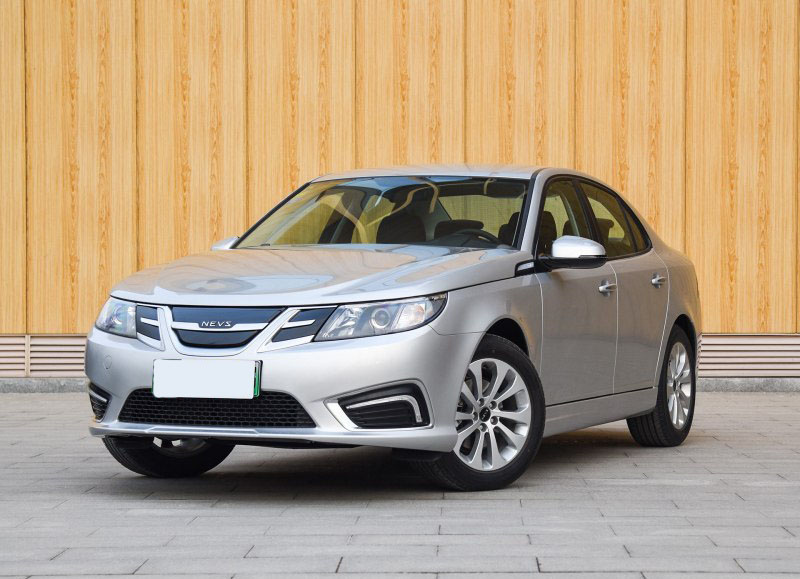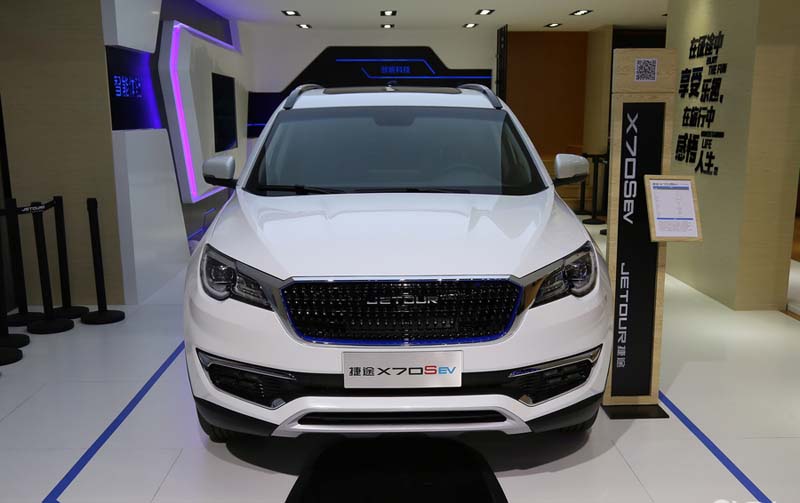
Recently, NEVS released an official map of a group of its self-driving cars – Sango. The new car is positioned as a self-driving shared commuter car, similar to a minibus, and plans to start testing on actual roads. At the same time, the company also announced a system called PONS, which will be used for two-way interconnection between vehicle control systems and passengers.
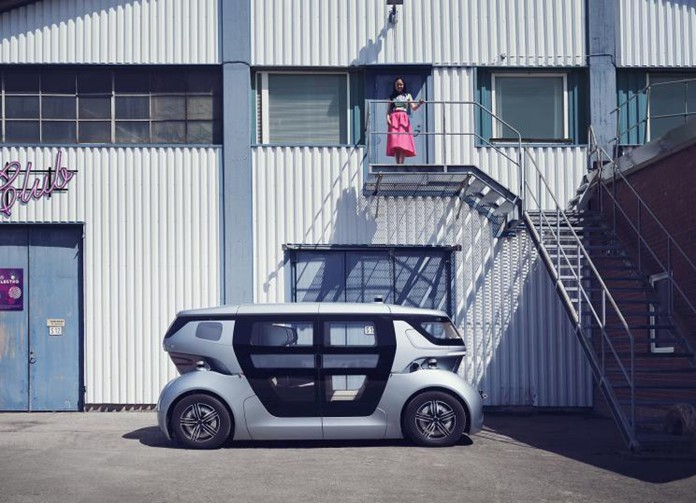
In terms of appearance, NEVS Sango adopts an independent cockpit design. The lengths of the front and rear suspensions are very short, which will provide more room in the car and provide users with three different cabin layout such as private, social and family. The six seats in the car can be moved, rotated and transformed as required. If passengers want their own private space, they can open the privacy barrier and establish an exclusive seating space.
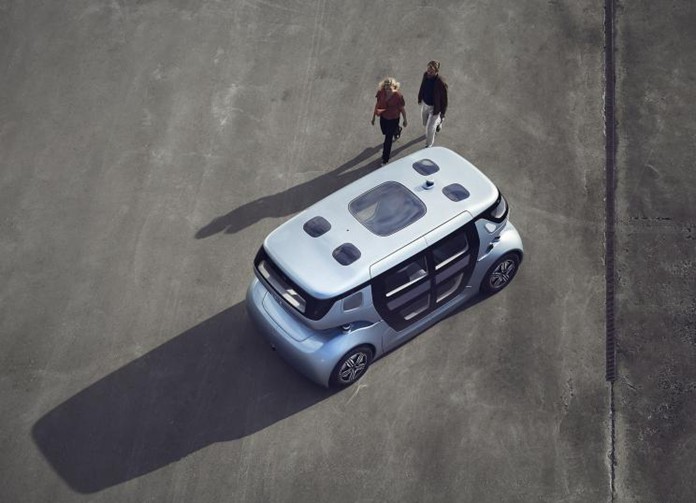
In terms of autonomous driving technology, the car currently uses the relevant hardware and software of AutoX, a Chinese startup autonomous driving company; however, NEVS claims that Sango has a relatively complete modular design and can be equipped with any automatic driving system on the market. For the interaction between the vehicle control system and the passengers, NEVS has developed a system called PONS, which allows the vehicle to receive the passengers’ instructions and give feedback; although the official has not announced the details of the system, at least it can be achieved in shared cars The ordering function used in the system, and feedback to the passenger’s current location of the vehicle through the system, as well as the estimated remaining time to reach the boarding location.
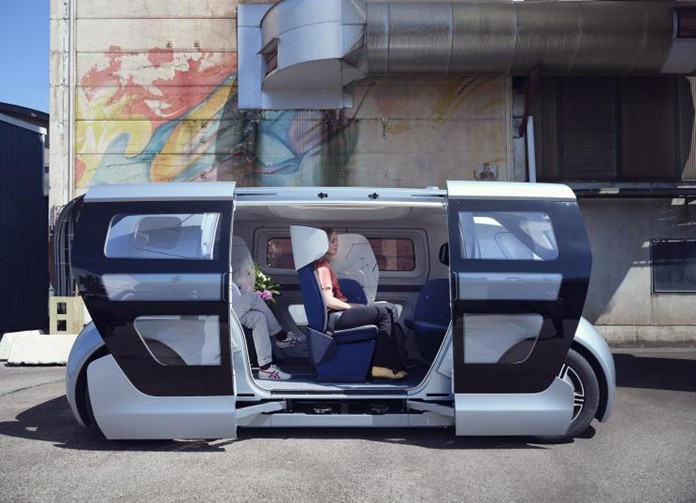
Regarding the vehicle’s power system, the company only revealed that the vehicle is equipped with a pure electric drive system, other parameters have not been announced yet. According to the information, the relevant engineers have begun to test and run the first Sango prototype at NEVS headquarters in Trollhattan, Sweden. In the future, the company plans to deploy a fleet of 10 Sangos in the Swedish capital Stockholm for public use. The actual road testing will begin in 2022.

